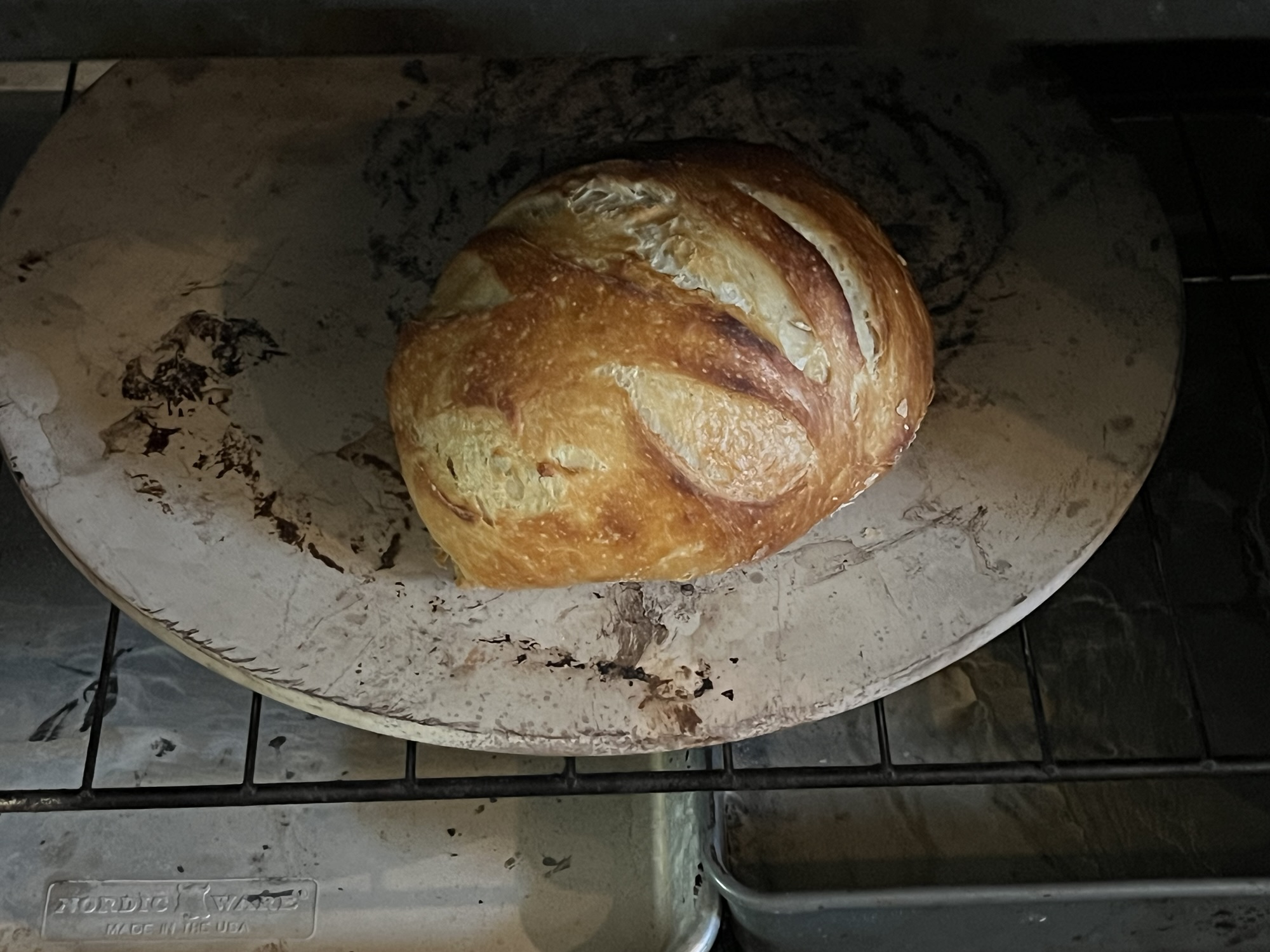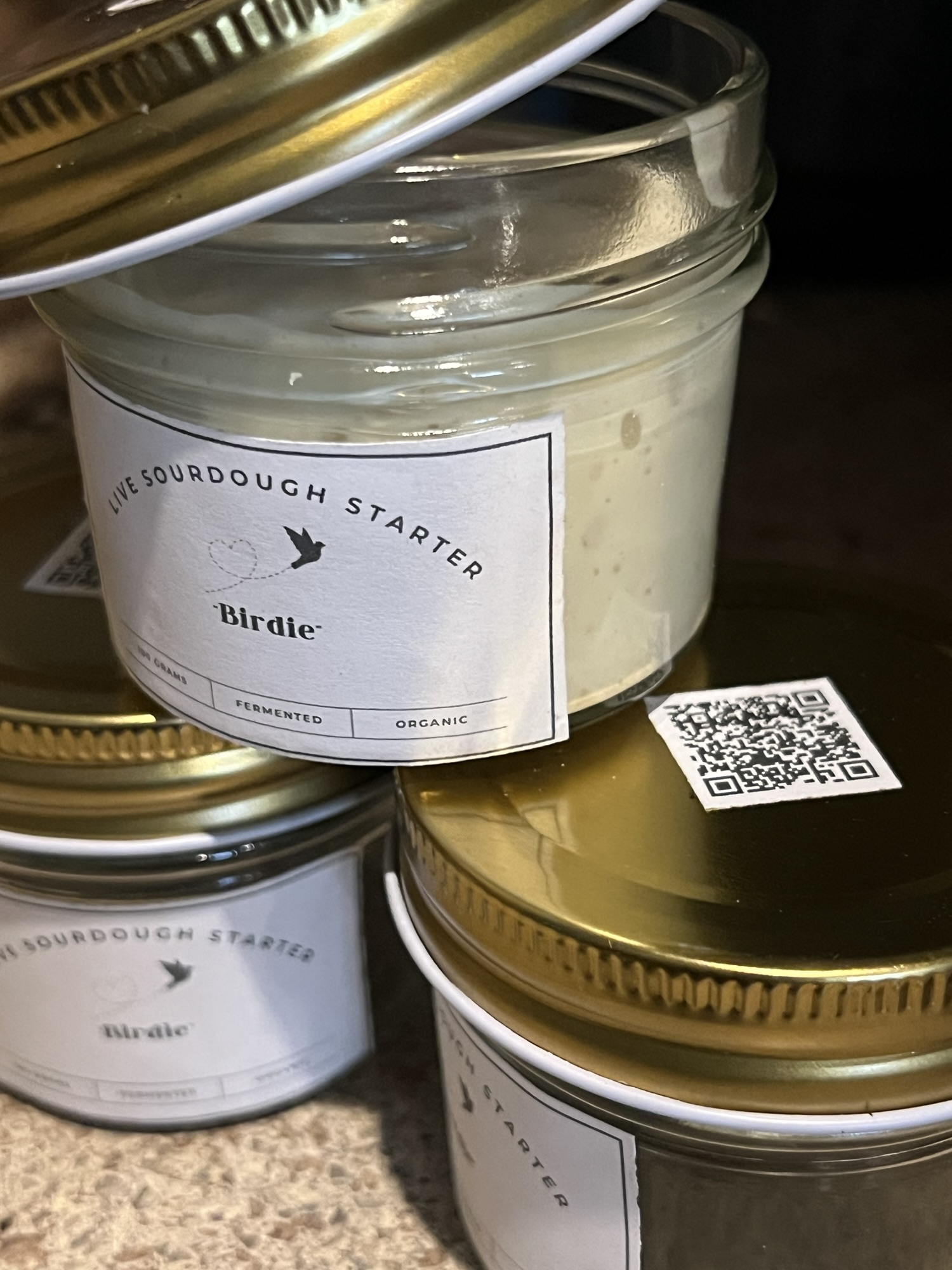The holidays are a time for delicious meals and cherished traditions, with turkey often taking center stage on the dinner table. To ensure your bird is ready to shine, proper thawing is essential. Incorrect thawing can lead to bacteria growth, compromising food safety. Follow this detailed guide to safely and effectively thaw your turkey, whether you’re planning ahead or need a quick solution.
Why Safe Thawing Matters
A frozen turkey requires careful handling to prevent foodborne illnesses. Thawing your turkey safely keeps it out of the “danger zone” (40°F to 140°F), where harmful bacteria can grow rapidly. By using one of the USDA-approved methods outlined below, you’ll protect your family and guests while preparing a delicious meal.
Three Safe Methods for Thawing Your Turkey
1. Refrigerator Thawing: Best for Planners
Refrigerator thawing is the safest and most reliable method because it keeps your turkey at a consistent, safe temperature.
How to Thaw:
- Place the turkey on a tray or shallow pan to catch any drips.
- Keep it in its original, sealed packaging.
- Store the turkey on the bottom shelf of your refrigerator to prevent cross-contamination.
- Timing: Allow 24 hours for every 5 pounds of turkey.
For example
- A 10-pound turkey takes approximately 2 days.
- A 20-pound turkey requires about 4 days.
Pro Tip: Once thawed, the turkey can stay in the refrigerator for 1-2 days before cooking, giving you flexibility in meal preparation.
2. Cold Water Thawing: Great for Last-Minute Preparations
Cold water thawing is faster than using the refrigerator, but it requires more hands-on attention to ensure safety.
How to Thaw:
- Submerge the turkey in a leak-proof bag or its original packaging in cold water.
- Change the water every 30 minutes to maintain a safe temperature.
- Timing: Allow 30 minutes per pound.
For example:
- A 10-pound turkey takes about 5 hours.
- A 20-pound turkey takes roughly 10 hours.
Pro Tip: Cook the turkey immediately after thawing using this method. Do not refreeze the bird.
3. Microwave Thawing: The Fastest Option
Microwave thawing is ideal if you’re short on time, but it works best for smaller turkeys due to space limitations. It isn’t my best recommendation as it can deplete nutrition, however if it’s your only option, it is the fastest option.
How to Thaw:
- Remove all packaging and place the turkey in a microwave-safe dish to catch juices.
- Follow your microwave’s manual for specific weight and time settings.
- Rotate and flip the turkey periodically to ensure even thawing.
- Timing:
- Microwaving times vary based on turkey size and microwave wattage. On average, allow 6 minutes per pound.
Pro Tip: Cook the turkey immediately after thawing. Parts of the bird may begin to cook during this process, so it must be cooked right away to ensure food safety.
What Not to Do
- Never thaw your turkey on the counter. Room temperature thawing allows bacteria to grow quickly.
- Avoid using hot water. While it may seem faster, it promotes uneven thawing and can lead to bacterial contamination.
Quick Thawing Reference Chart

After Thawing: Key Tips
- If thawing in cold water or using a microwave, cook the turkey immediately to prevent bacteria growth.
- Use a meat thermometer to ensure the turkey reaches a safe internal temperature:
- 165°F for the breast and stuffing.
- 175°F for the thighs.
Plan Ahead for a Stress-Free Holiday Meal
Thawing your turkey safely takes time and attention, but it’s worth the effort to ensure a successful and safe holiday feast. Whether you’re planning days in advance or need a quicker option, these methods will prepare your turkey perfectly for roasting, smoking, or frying.
With a properly thawed turkey, you can focus on enjoying the holidays with loved ones. Happy cooking, and may your holiday season be filled with warmth, laughter, and delicious meals!
Additional resources:
1. United States Department of Agriculture. (n.d.). Turkey basics: Safe thawing. Food Safety and Inspection Service. Retrieved from https://www.fsis.usda.gov
2. Centers for Disease Control and Prevention. (n.d.). Holiday food safety tips. Retrieved from https://www.cdc.gov
3. National Turkey Federation. (n.d.). Turkey thawing and preparation tips. Retrieved from https://www.eatturkey.org
4. University of Minnesota Extension. (n.d.). How to thaw and cook a turkey safely. Retrieved from https://extension.umn.edu
5. The Spruce Eats. (n.d.). How to thaw a turkey safely. Retrieved from https://www.thespruceeats.com
6. Food Network. (n.d.). Turkey thawing tips for the holidays. Retrieved from https://www.foodnetwork.com









